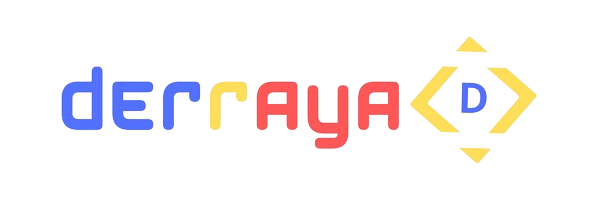Chapitre 01 : Getting started with HTML
HTML, or Hypertext Markup Language, is the standard markup language for creating web pages and web applications. It provides the structure and content of a webpage by using a system of tags and attributes to define various elements and their attributes. HTML elements are the building blocks of web pages, such as headings, paragraphs, images, links, forms, and more.
HTML documents consist of a series of elements enclosed in angle brackets, which define the structure and content of the page. These elements are nested within each other to create a hierarchical structure. For example, a basic HTML document might include elements like `<html>`, `<head>`, and `<body>`, with content enclosed within tags like `<p>` for paragraphs and `<h1>` for headings.
HTML also allows for the inclusion of other web technologies such as CSS (Cascading Style Sheets) for styling and JavaScript for interactivity, making it a foundational language for building interactive and visually appealing websites.
A simple HTML document :
- The <!DOCTYPE html> declaration at the beginning specifies that this document follows the HTML5 standard.
- The <html> element serves as the root element of the HTML page. Everything inside this element is part of the HTML document.
- Inside the <head> element, we include meta information about the HTML page. This can include things like character encoding declarations, viewport settings for responsive design, and links to external stylesheets or scripts.
- The <title> element within the <head> section specifies the title of the HTML page. This title typically appears in the browser's title bar or tab, providing a brief description of the page's content.
- The <body> element encapsulates all visible content within the HTML document. This includes headings <h1>, paragraphs <p>, images, links, tables, lists, and more.

.png)



.png)

